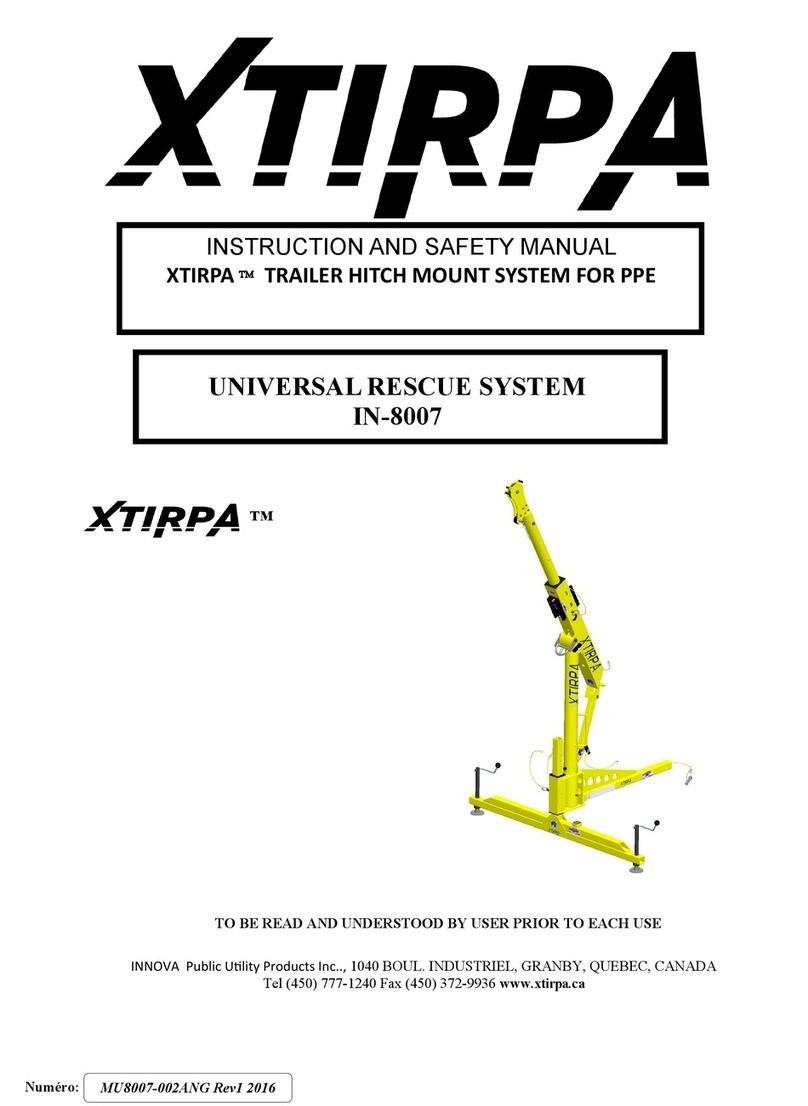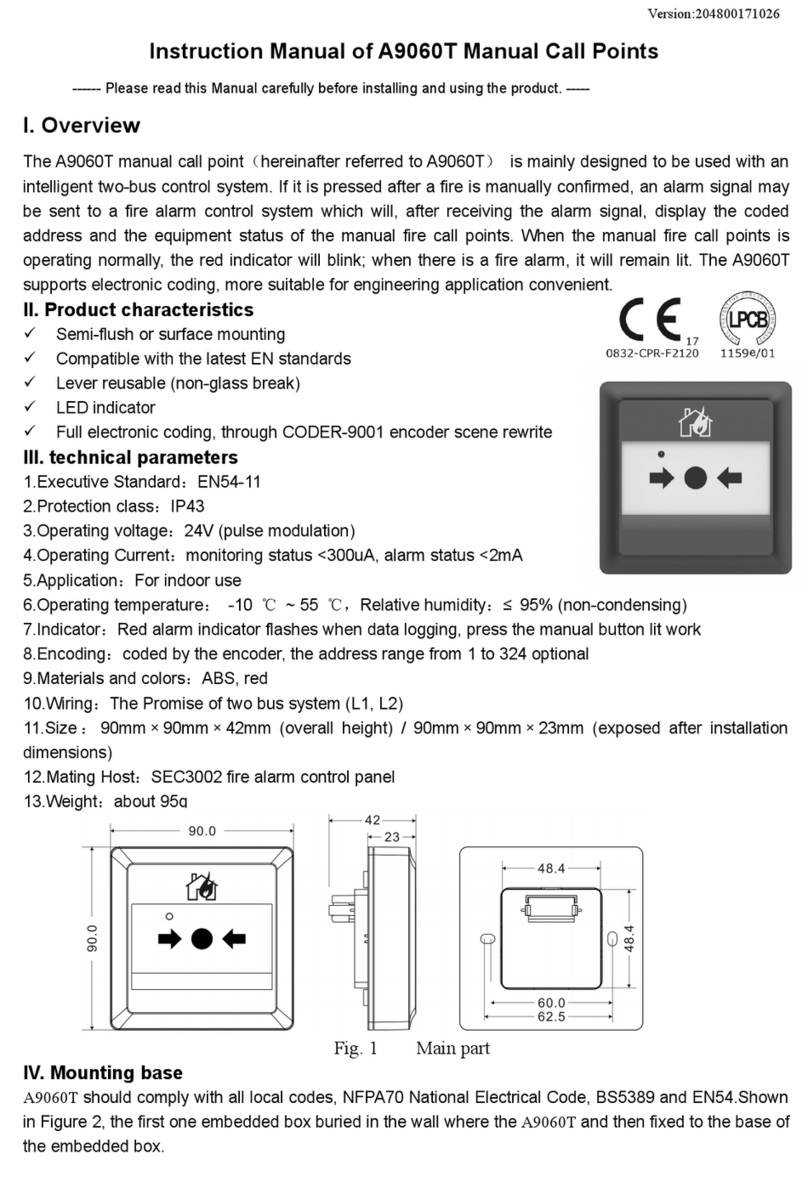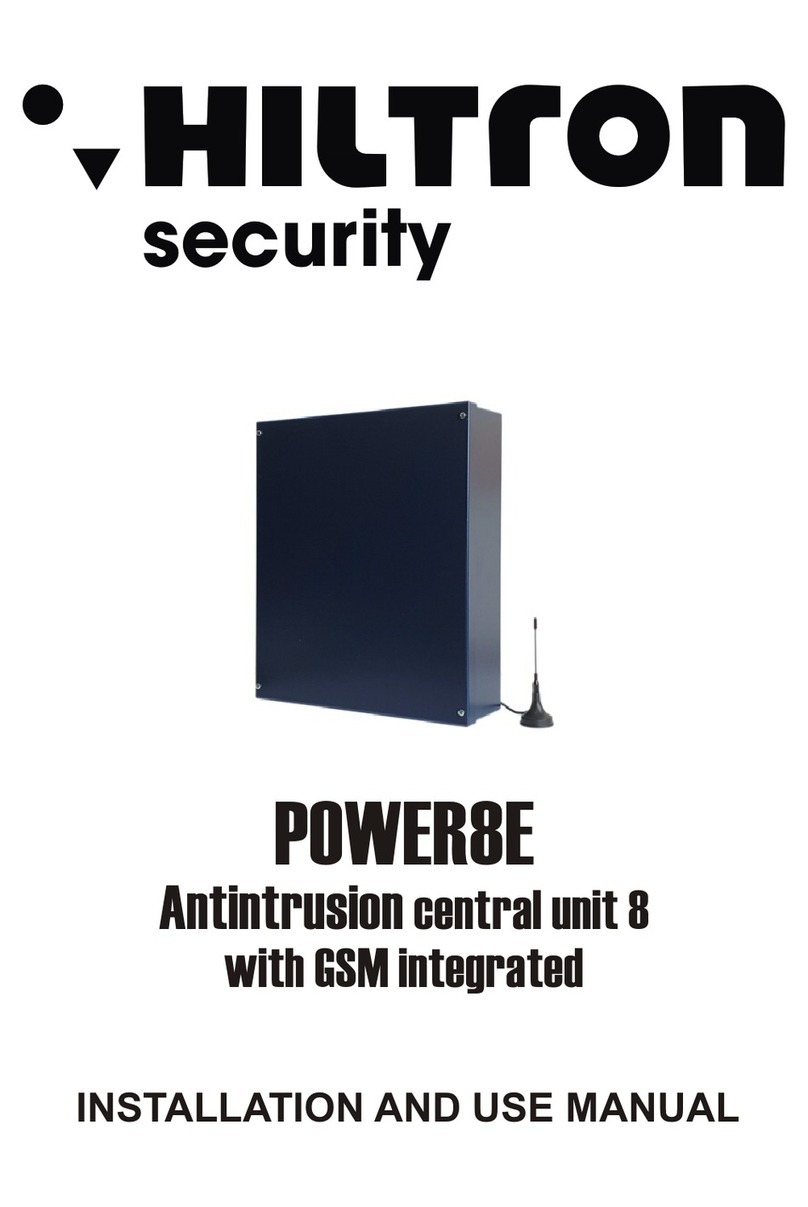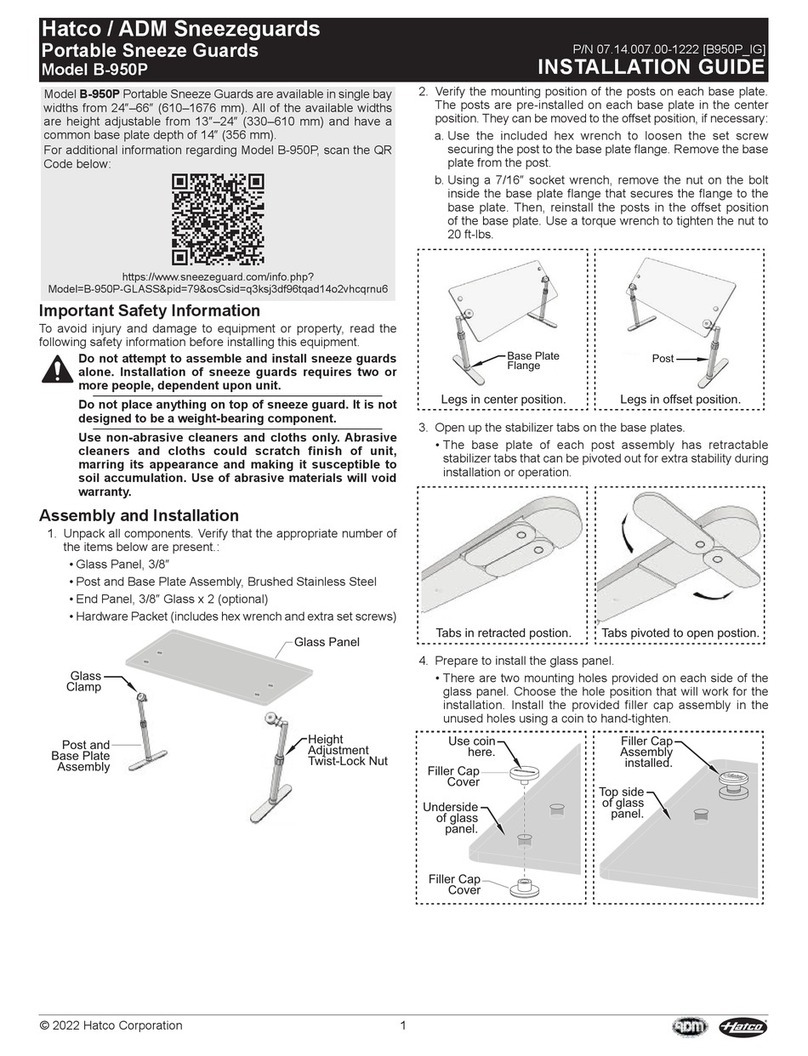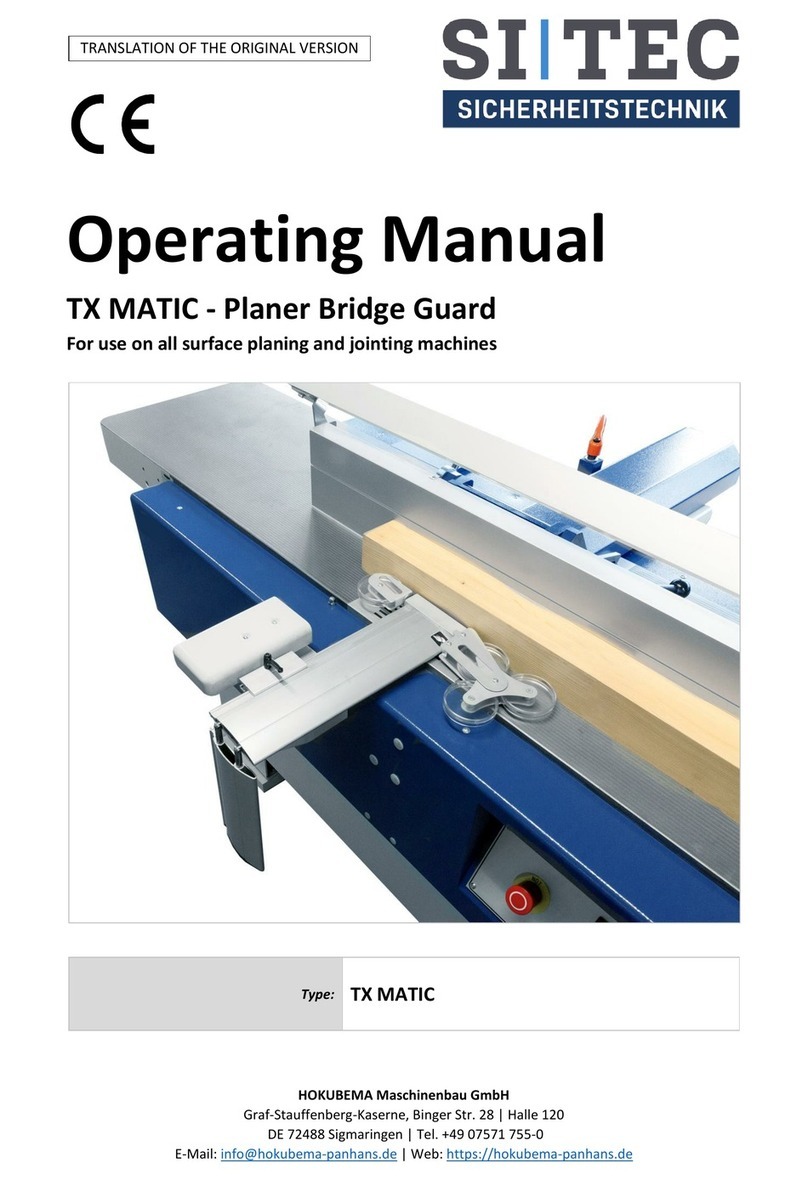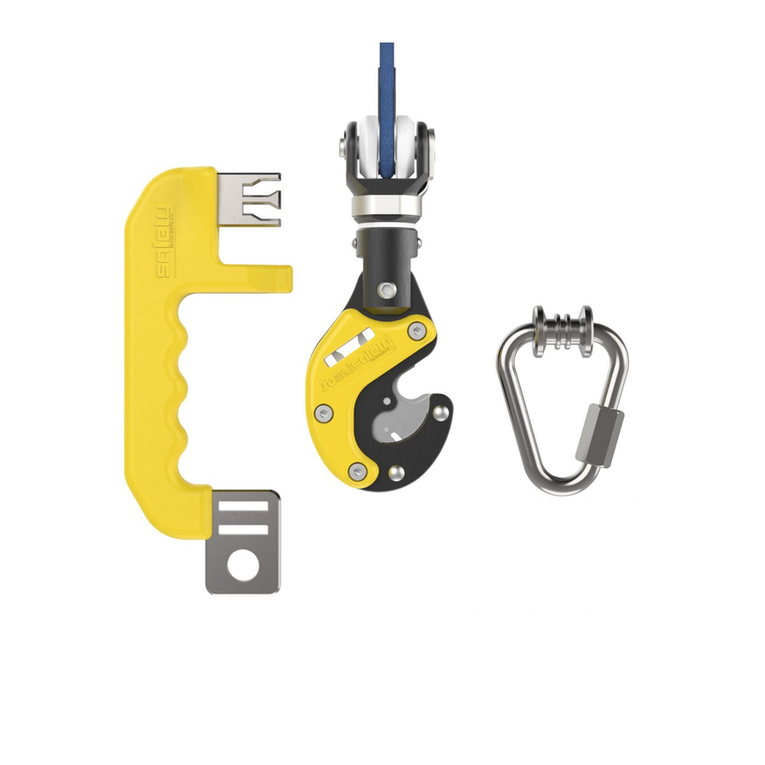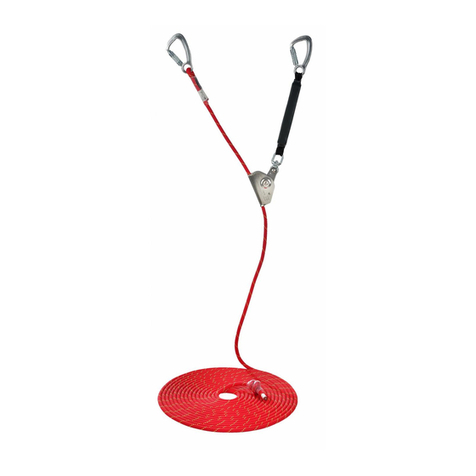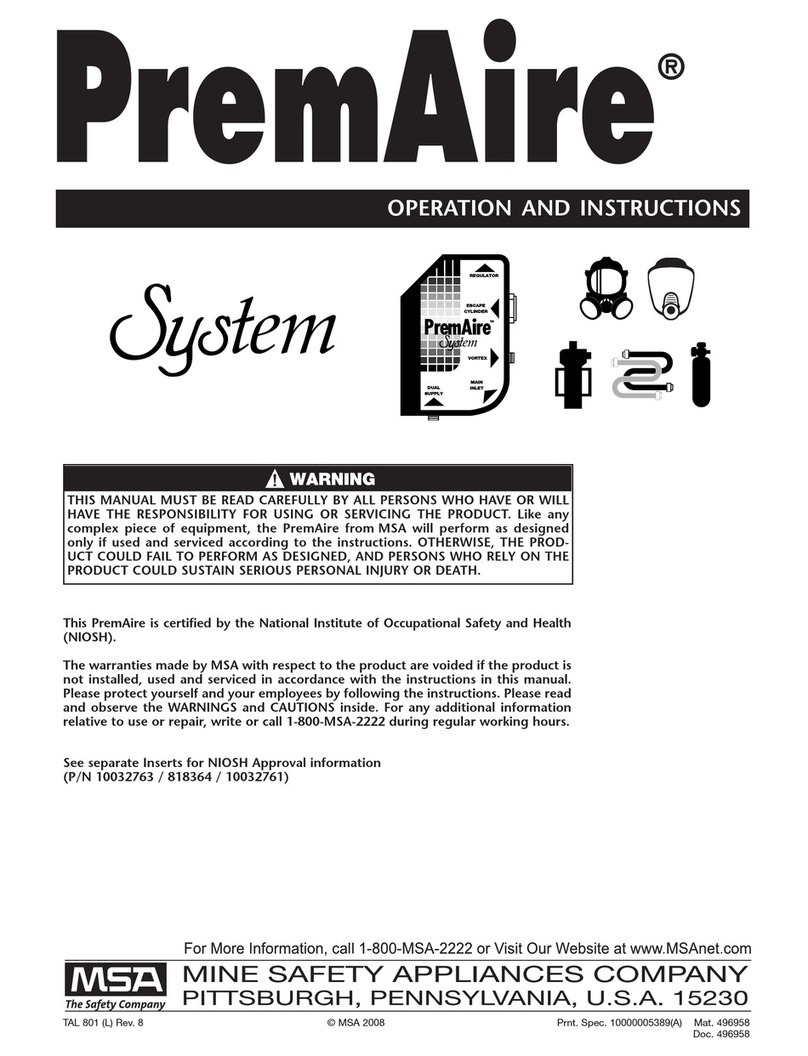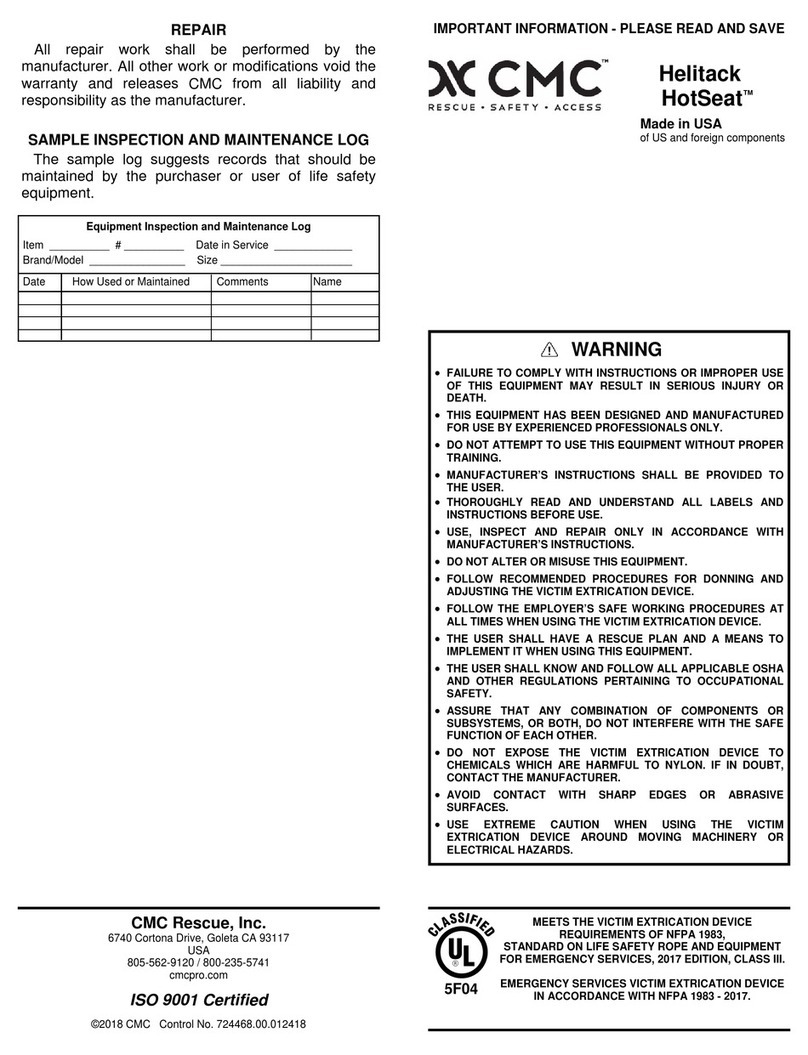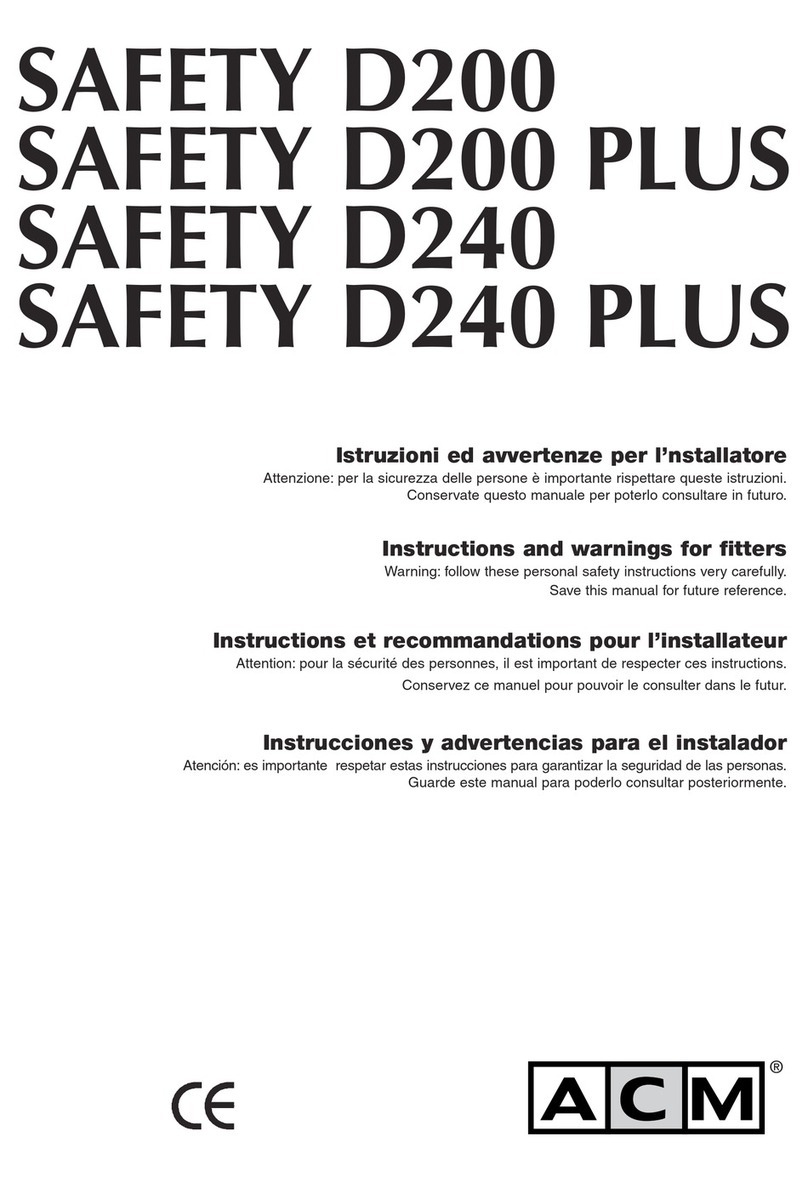
page 6 www.safetyeng.eu
4. Compatibility with Autobelays and harnesses
The Self Belay set is compatible with the following auto belay devices:
-Onbelay 8, 11, 14 and 17 manufactured by Safety Engineering Ltd.
-Trublue and Trublue XL manufactured by Head Rush technologies
-*Perfect Descent Direct Drive and Perfect Descent Speed Drive manufactured by C3 Manufacturing LLC (Perfect
Descent)*(see notice below)
The Self Belay set is compatible with harnesses that conform to the following standards:
• EN 361 - Personal protective equipment for prevention of falls from a height – Full body harness.
• EN 813 - Personal protective equipment for prevention of falls from a height – Sit harness.
• EN 12277 - Type A. Full Body Harness.
• EN 12277 - Type B. Small Full Body Harness.
• EN 12277 - Type C Sit Harness.
*NOTICE: The Self Belay body can be retrotted to C3 Manufacturing LLC (Perfect Descent) devices, but Safety
Engineering has no formal contract with the manufacturer. Therefore, the client must contact C3 Manufacturing
LLC (Perfect Descent) before installing the Self Belay device on their belays!
5. Installation and Usage
List of tools:
In order to successfully install self belays on auto belay devices, you will need the following tools:
• A at screwdriver
• Pliers
Installation on steel cable
The installation of the Self Belay on a steel cable includes the following steps:(1) Remove the horseshoe washer with
a at screwdriver from the pin as shown in Photo 2-3. (2) Lift and remove the pin assembly and the plastic washers as
shown in Photos 4-6. (3)Position the cable between the plastic washers as shown in photo 7-9. (4) Reinstall and press
down the pin assembly as shown in Photo 10-12. (5) Reinstall the horseshoe washer and click it to the pin with pliers
as shown in Photo 6. (6) Reinstall and horseshoe washer with pliers as shown in Photos 13-14.
1. Remove the horseshoe washer with a at screwdriver from the pin as shown in Photo 2-3.
1 2 3





